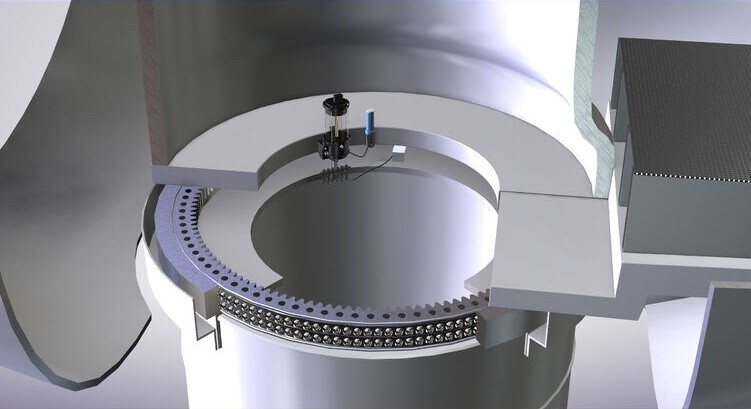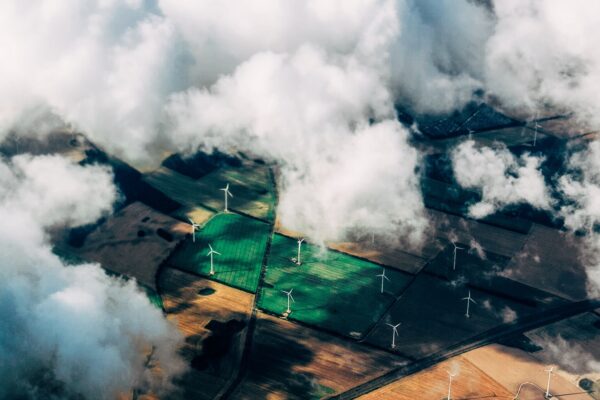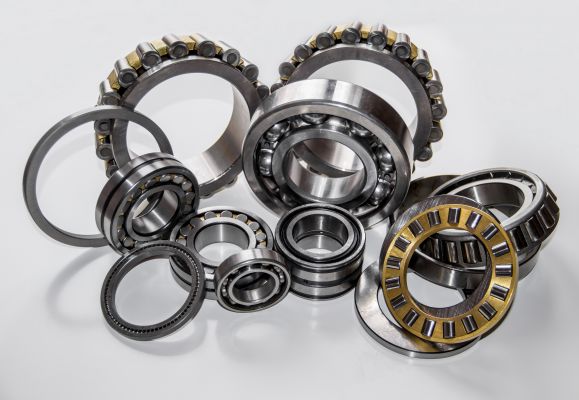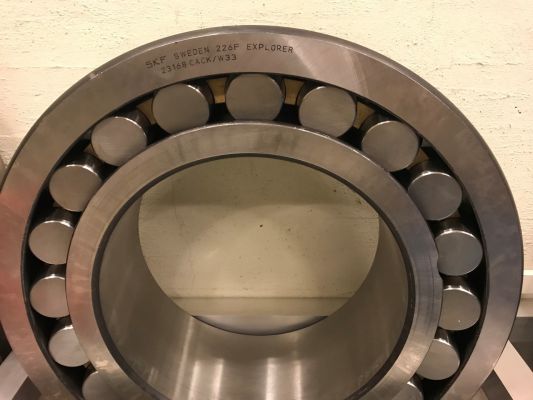In the ever-evolving world of wind power generation, the capricious nature of wind presents a distinct challenge. Turbine efficiency hinges on the ability to capture as much wind power as possible, a task largely dependent on the wind speed and the area of the turbine blades that the wind can interact with. This is where the pitch and yaw systems play their crucial roles.
Facing the wind
The yaw system adjusts the position of the turbine nacelle by rotating it around the tower axis, directing it towards the incoming wind. But how does it achieve this fluid motion?
The system employs an intricate assembly of carefully designed elements: sensors to detect the wind direction, a motor coupled with a mechanical drive to rotate the nacelle, and a control subsystem to coordinate the operation. Additionally, a braking mechanism is incorporated to prevent the nacelle from spinning out of control.
As the wind changes direction, the sensors immediately detect the shift and signal the control subsystem. The subsystem activates the “muscles” of the yaw system – the motor and the mechanical drive. The mechanical drive, employing robust slewing bearings, ensures a steady, gradual rotation of the nacelle, aligning it with the wind.
Perfecting the motion
Complementing the yaw system, the pitch system refines the angle of the turbine blades and regulates the rotational speed of the rotor.
The pitch system integrates a control subsystem, a variety of sensors interpreting wind data and other vital parameters, and pitch actuators and bearings to fine-tune the blade angles. To further enhance operational reliability, the system is also reinforced with backup power supplies, emergency brakes, and a suite of other safety mechanisms.
The control subsystem uses sensor data to calibrate the actuators, the motors tasked with adjusting the blades. As the actuators initiate the command to alter the pitch of the blades, the pitch bearings facilitate smooth rotation of the blades.
Bearing the burden
In both the pitch and the yaw system, the quality of slewing bearings is paramount as they need to withstand the weight of the nacelle, the hub, and the blades, in addition to the dynamic forces generated by the wind and the rotation.
In a bid to meet the diverse needs of the wind industry, SKF manufactures both standard and customized slewing pitch and yaw bearings, with their outside diameters spanning from 0.1 to 8 meters and exceptional loading capacities. Composed of an inner and outer ring, one of which is equipped with a gear, slewing bearings are designed for reliable power transmission. With attachment points on both rings, these bearings offer a simple and quick connection between machine components. The bearing raceways, as well as rolling elements and cages or spacers, are designed to support loads in any direction, either alone or in combination.
To conclude
The pitch and yaw systems are essential for maximizing the efficiency and safety of wind turbines. Understanding these mechanisms allows us to refine wind energy technology, driving forward the potential of renewable energy sources.



